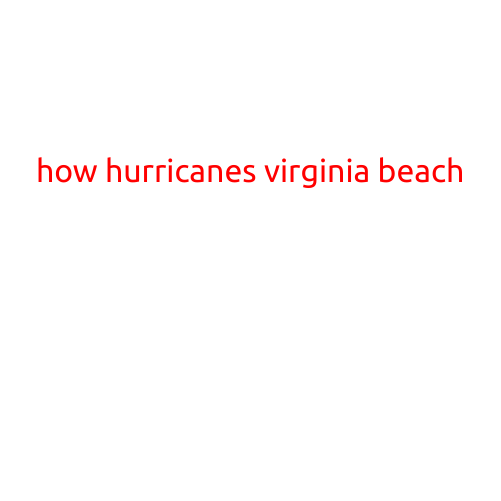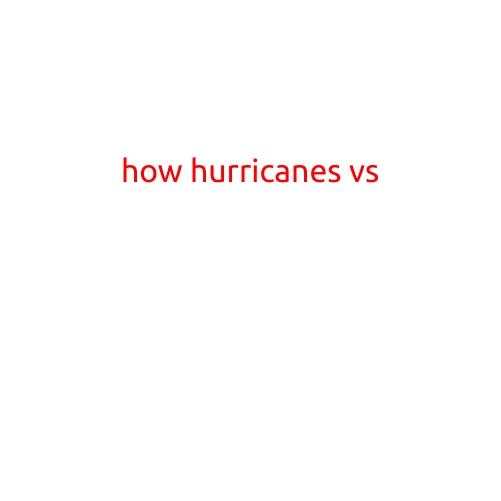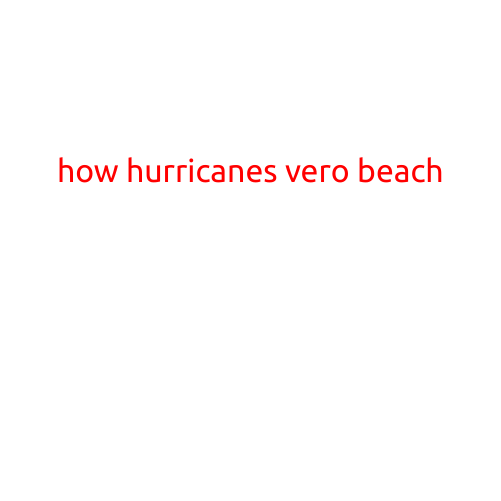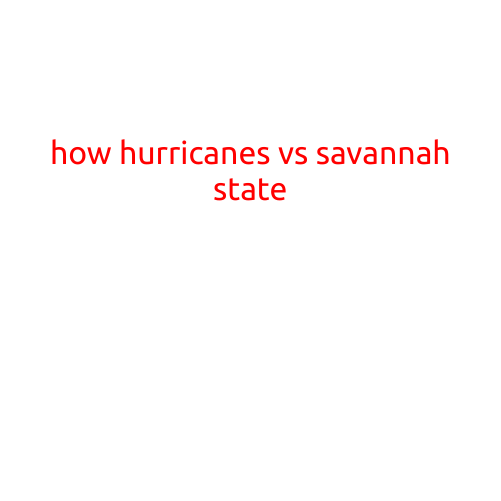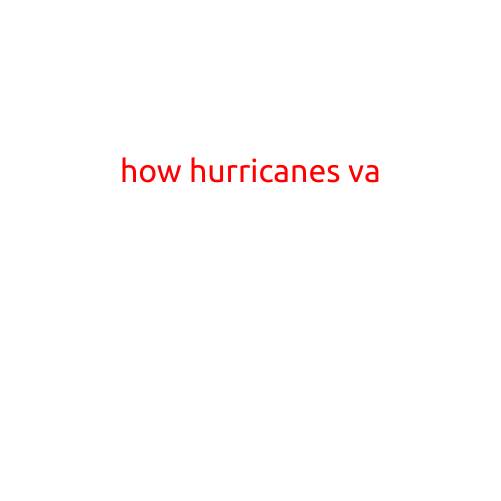
How Hurricanes Make Landfall: A Step-by-Step Guide
Hurricanes are powerful storm systems that can bring catastrophic winds, heavy rainfall, and devastating flooding to coastal communities. Understanding how hurricanes make landfall is crucial for individuals, emergency responders, and governments to prepare for and respond to these powerful storms. In this article, we’ll take you through the step-by-step process of how hurricanes make landfall.
Step 1: Formation
The journey of a hurricane begins over warm ocean waters, typically in the Atlantic or Eastern Pacific. Warm air rises, cools, and condenses, forming clouds and releasing heat, which feeds the storm’s energy. As the storm strengthens, it begins to rotate due to the Coriolis effect, a phenomenon caused by the Earth’s rotation.
Step 2: Tracking
Satellites and aircraft monitor the storm’s movement, trajectory, and intensity. Weather forecasters use computer models to track the storm’s path and predict when it will make landfall. They also issue advisories, warnings, and watches to alert the public of the storm’s potential impact.
Step 3: Asymmetrical Growth
As the storm approaches the coastline, it begins to take on an asymmetrical shape, with stronger winds and more intense rain occurring on one side of the storm. This asymmetry is caused by the interaction between the storm’s circulation and the Earth’s surface.
Step 4: Landfall
When a hurricane makes landfall, its strong winds and storm surge (a rise in sea level caused by the storm) collide with the coastal region. The storm’s landfall is marked by a sudden increase in wind speed, heavy rainfall, and significant flooding.
Step 5: Inner Rain Bands
As the storm continues to move inland, its inner rain bands become dominant, bringing intense rainfall and flash flooding to areas far from the coastline. These rain bands are the most destructive part of a hurricane, causing significant damage to property and infrastructure.
Step 6: Outer Rain Bands
As the storm begins to weaken and move inland, its outer rain bands start to dissipate, bringing relief to affected areas. However, the storm may still bring sustained winds, heavy rain, and flooding, making it important to remain vigilant.
Step 7: Storm Surge
The storm surge, a bulge of water pushed ashore by the storm, can cause catastrophic flooding and damage to coastal areas. The surge can also lead to significant erosion and sediment deposition, which can alter the coastline and impact local ecosystems.
Step 8: Dissipation
As the storm moves inland and weakens, it begins to dissipate, losing its energy andEventually disintegrating into a tropical disturbance or a post-tropical low-pressure system.
Conclusion
Hurricanes are complex and powerful storm systems that require careful monitoring and preparation to mitigate their impact. By understanding the step-by-step process of how hurricanes make landfall, individuals, emergency responders, and governments can take necessary precautions and respond effectively to these powerful storms.
